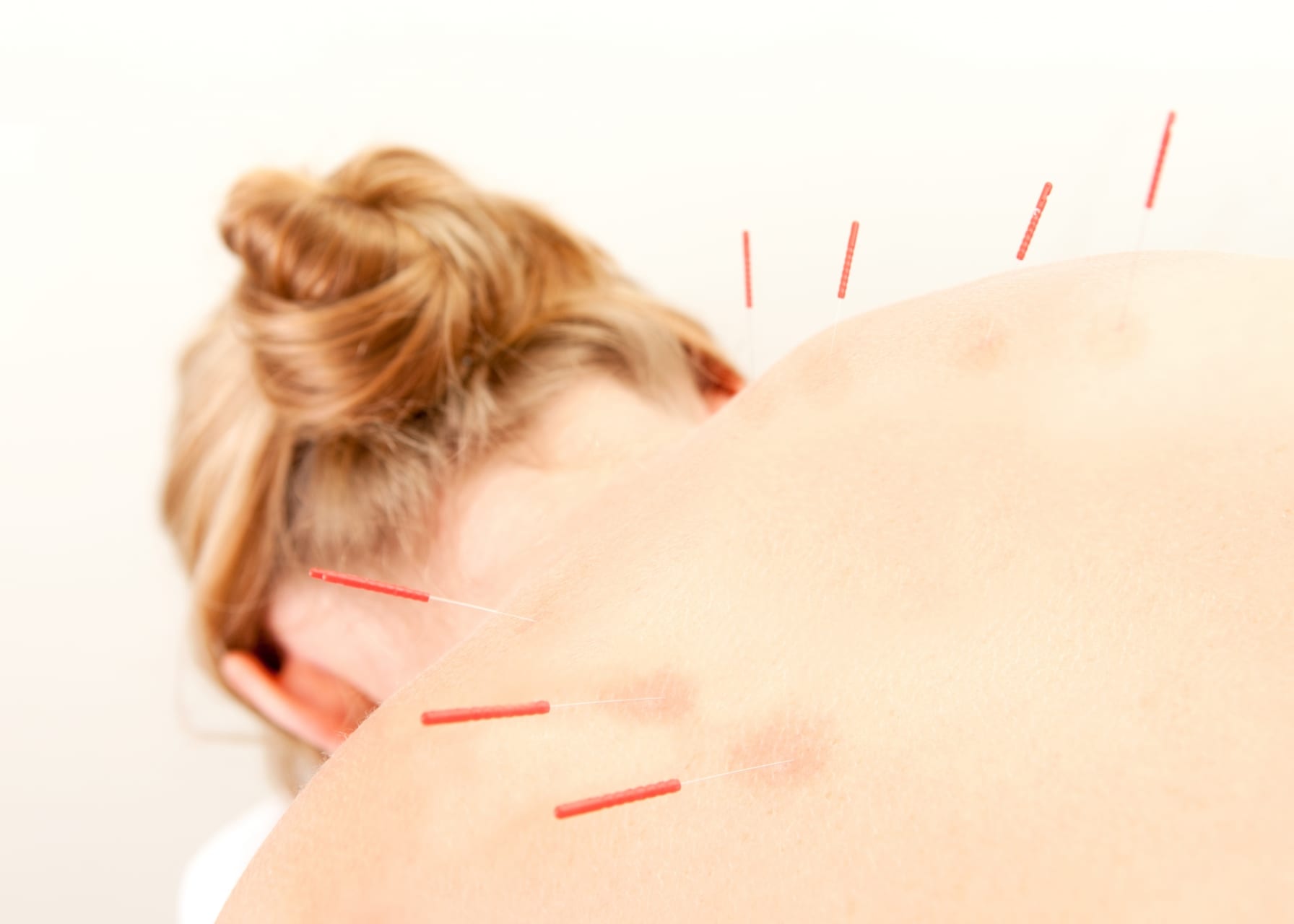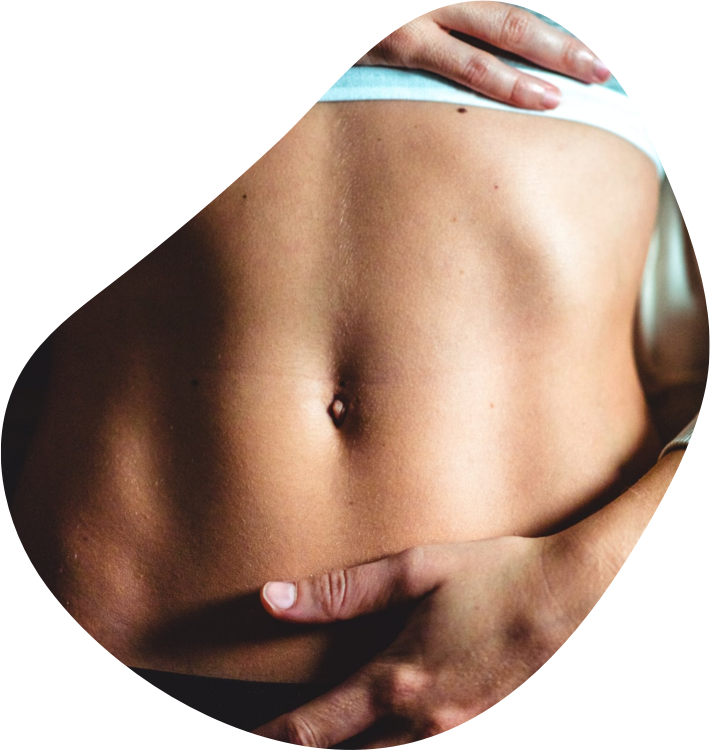The art of acupuncture involves the insertion of fine sterile needles into specific locations, to stimulate the body to heal itself. Traditionally, explanations involve its effect on improving the flow of Qi to balance Yin and Yang; a paradigm of health and disease similar to the Western biomedical concept of homeostasis. In recent years, much attention has been focused on elucidating how acupuncture works in terms of Western physiology. We now know that “Qi flow” equates to nerve transmission, extracellular communication, connective tissue planes, metabolic components of blood, and the functional energy of organ systems. Acupuncture, therefore, regulates and improves function. This is achieved, largely, via its effects on the nervous system that stimulate the body to produce chemicals that relieve pain, reduce inflammation, stimulate tissue regeneration, and induce a feeling of relaxation and wellbeing.
One of the mechanisms that may describe how acupuncture works is known as Purigenic Signalling. When an acupuncturist inserts needles into the skin, the body begins to self regulate (self-dose) using adenosine and ATP for signalling and regulation in tissues and organ systems. This is important and very significant as the incorrect balance can cause dysfunction.
This isn’t the only suggested mechanism under which acupuncture has an effect, however, I find it the most intriguing.
Acupuncture originated in China and is now practised throughout the world. Although acupuncture has been practised for thousands of years, evidence of its effectiveness is still controversial.
Sadly acupuncture was developed in a pre-scientific culture before anything significant was understood about biology, the normal functioning of the human body or disease pathology. The healing practices of the time were part of what is called philosophy-based medicine, to be distinguished from modern science-based medicine. Philosophy-based systems began with a set of ideas about health and illness and based their treatments on those ideas. The underlying assumptions and the practices derived from them were never subjected to controlled observation or anything that can reasonably be called a scientific process.
In Australia, we are fortunate to have an organisation working towards recognition for acupuncture on the world stage, The Acupuncture Evidence Project. Taken from their published paper in 2017, “Our study found evidence for the effectiveness of acupuncture for 117 conditions, with stronger evidence for acupuncture effectiveness for some conditions than others. Acupuncture is considered safe in the hands of a well-trained practitioner and has been found to be cost effective for some conditions. The quality and quantity of research into acupuncture’s effectiveness are increasing”.
References
McDonald J, Janz S. The Acupuncture Evidence Project: A Comparative Literature Review (Revised Edition). Brisbane: Australian Acupuncture and Chinese Medicine Association Ltd; 2017.




